From edible packaging to augmented reality products, we look at five industry innovations to come on to the market over the past 20 years
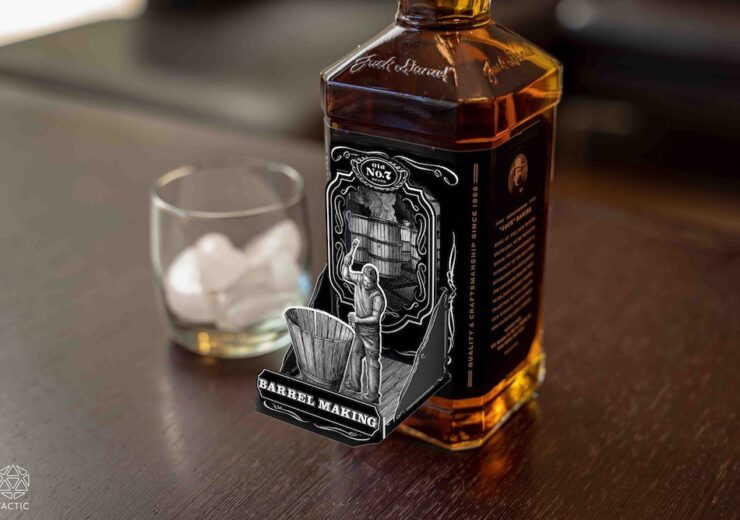
The use of argument reality to create brand experiences is an area that has been investigated by Jack Daniel's and technology company Tactic (Credit: Tactic)
Whether it’s the development of mobile phones or the rise of social media and the internet, the 21st century has been one full of innovations – including in the packaging industry.
In recent years, changes to the way products are packaged has been driven by a range of factor, which includes sustainability, e-commerce and brand loyalty.
And these types of innovations have come in all shapes and sizes – from packaging that can be eaten after use to augmented reality products designed to tell a consumer a company’s story.
We look at five such industry innovations to come on to the market over the past 20 years.
Five 21st century packaging innovations
1. Amazon’s ‘frustration-free’ packaging
Since the turn of the millennium, e-commerce has become an increasingly dominant force in the retail marketplace, with it projected to hit record sales of up to $4.8tn in 2021.
No business has been a bigger factor in this sector’s growth than Amazon – with it, according to Forbes, having a market value of $1.14tn.
A major factor behind this success is down to its customer experience-focused ethos – with the aim of making this as good as possible.
To that end, the company launched its Frustration-Free Packaging (FFP) initiative in 2008 in order to tackle “wrap rage”.
Made from 100% recyclable materials, the range has been designed to be easy to open and to ship products in their original packaging, eliminating the need for an additional box.
The packaging is based upon four key design principles – these being making a package easy-to-open, protective, low waste and cost-effective.
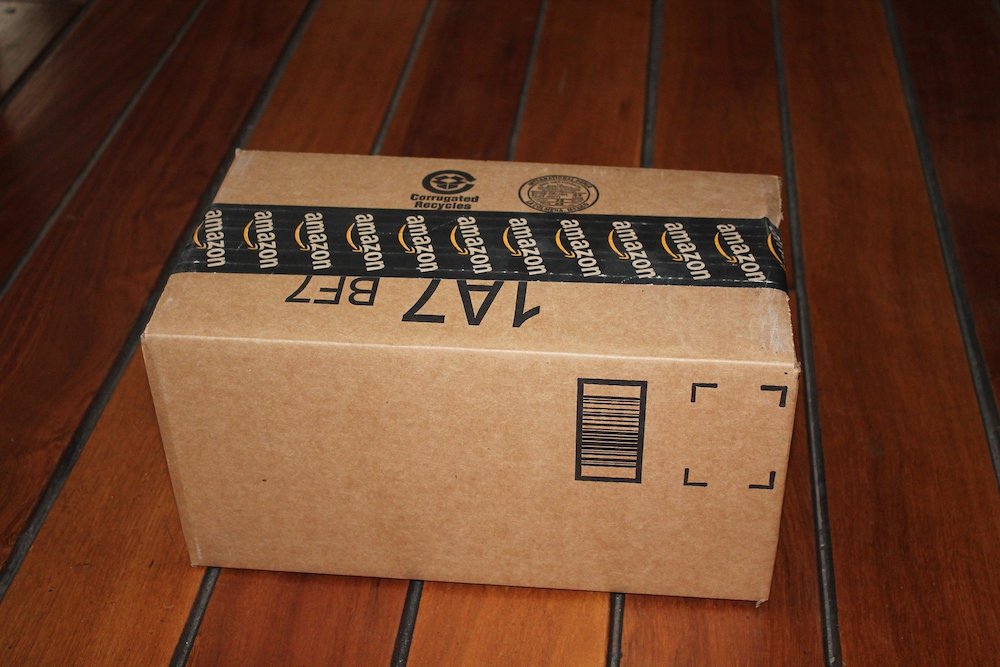
Amazon customers have the option to have their products shipped to them in FFP by selecting “ship in Amazon packaging” at the checkout.
Since beginning back in 2008, the company has grown the programme to include a range of initiatives designed to optimise packaging that it uses in its fulfilment centres, working with manufacturers worldwide to help develop sustainable packaging online.
Following on from this, in 2014, Amazon introduced its Ecommerce Ready Packaging certification initiative.
This programme is designed to optimise its customer experience offering and to create supply chain efficiencies.
For businesses to gain this certification, products must be able to be shipped via courier services – such as FedEx – without being damaged.
2. Edible packaging developed by Notpla
Over the past 20 years, a large focus of innovation in the packaging industry has been on how to make it more sustainable.
This has come different forms, from improving the recyclability of materials to the light-weighting of products.
One of the more unique developments to be brought to the table is one made by Notpla, which develops packaging that people can eat.
The firm – which is most well-known for developing the edible packaging Ooho – was co-founded by Rodrigo Garica Gonzalez and Pierre Paliser in 2013 while studying innovation design engineering at Imperial College London and the Royal College of Art.
The Ooho material is made from a flexible plastic packaging material 100% made from seaweed and plants designed for consumable liquids like water, juices and sauce sachets.
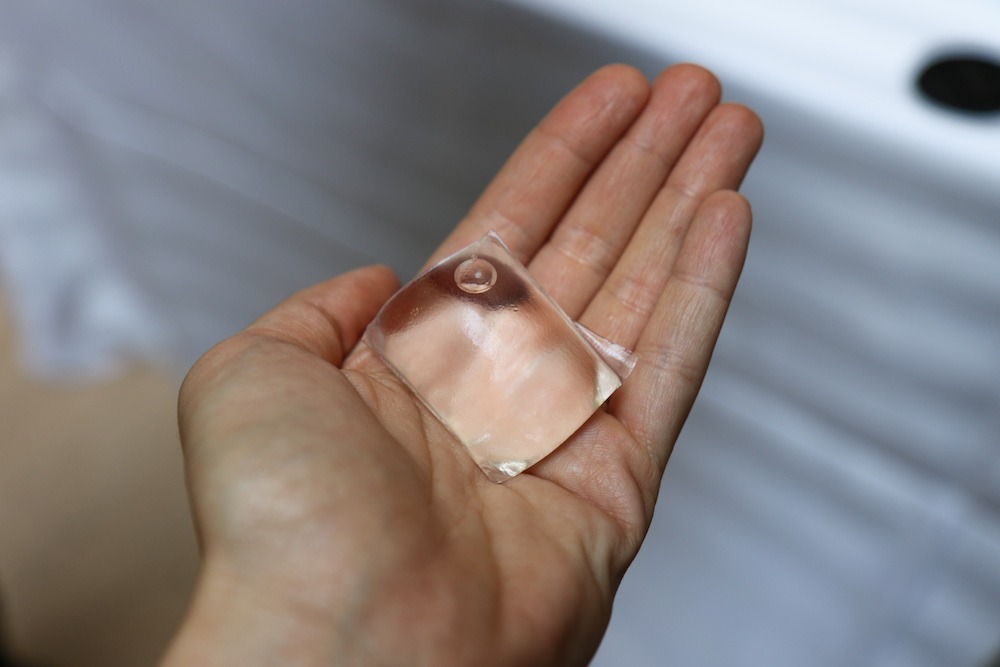
Any liquid inside it is sealed by a gelatinous membrane made from seaweed, developed by applying sodium alginate found in brown algae and calcium chloride together to create a concentrate.
The product is designed to be eaten either during or after its use, however if it isn’t the company claims it will take on average six weeks to degrade.
In 2019, drinks brand Lucozade Sport partnered with Notpla during the London Marathon, providing drinks to runners with Ooho packaging.
The firm has also partnered with takeaway food couriering business JustEat through a range of trials, using Ooho to package sauces.
Outside of this, Notpla has developed a sustainable water and grease-proofing liner for cardboard takeaway boxes made from either oil or corn.
3. Carlsberg’s Snap Pack
One of the more recent innovations in the world of sustainable packaging is that of Snap Pack.
Launched by Danish beer giant Carlsberg back in 2018, it has been designed to help get rid of plastic wrapping from its multipack canned products.
Speaking at the time, the company’s CEO Cees ’t Hart said: “We always strive to improve and today’s launch clearly shows our ambition to follow in our founder’s footsteps towards a better tomorrow.
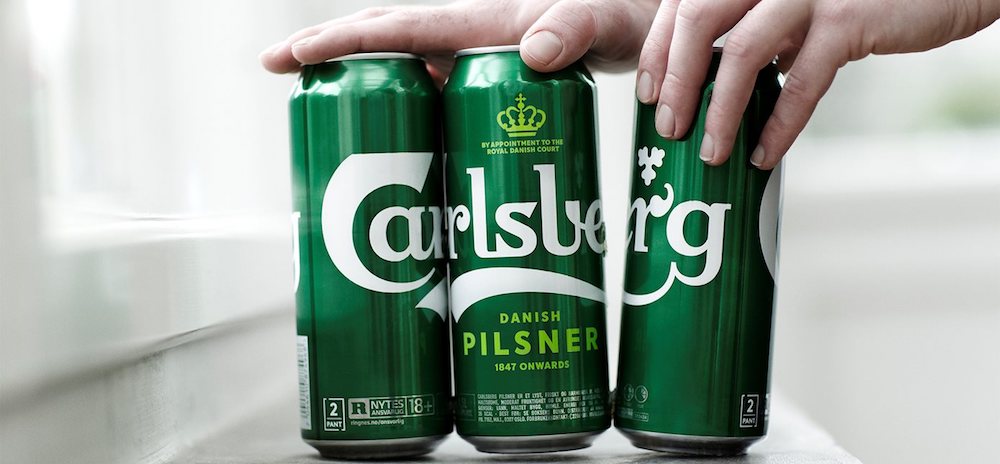
“Carlsberg’s Snap Pack will significantly reduce plastic waste, and we look forward to giving our consumers better beer experiences with less environmental impact.”
Developed in conjunction with the Dusseldorf-based packaging innovations firm NMP Systems, the move saw the Carlsberg replace plastic wrapping with a technology that glues the cans together.
It saw the company reduce the amount of plastic it uses when compared to previous multipacks by 76%.
Carlsberg will also save 1,200 tonnes of plastic when all of its four, six and eight-packs have been converted – equivalent to 60 million plastic bags.
4. Duallok’s child-resistant packaging device
Over the years, a vast amount of packaging innovations to have taken place have been designed to ensure that it’s difficult for young children to get into products that may cause them harm.
Child-resistant packaging has come in many shapes and sizes, which include the locking closure for containers and blister packaging for tablets.
In order to further improve progress in this space, packaging design and development company Burgopak – after two years of research and development, as well as eight months of child-resistant testing – brought Duallok and its “pop” opening design to the market.
To open the packaging, users push in two polypropylene tabs and pull out a tray from the box.
The packaging is then locked by pushing the tray back into the box – with the tabs creating the locking mechanism.
It’s designed to be used for items such as vape cartridges, medicines and other types of healthcare-related products like syringes.
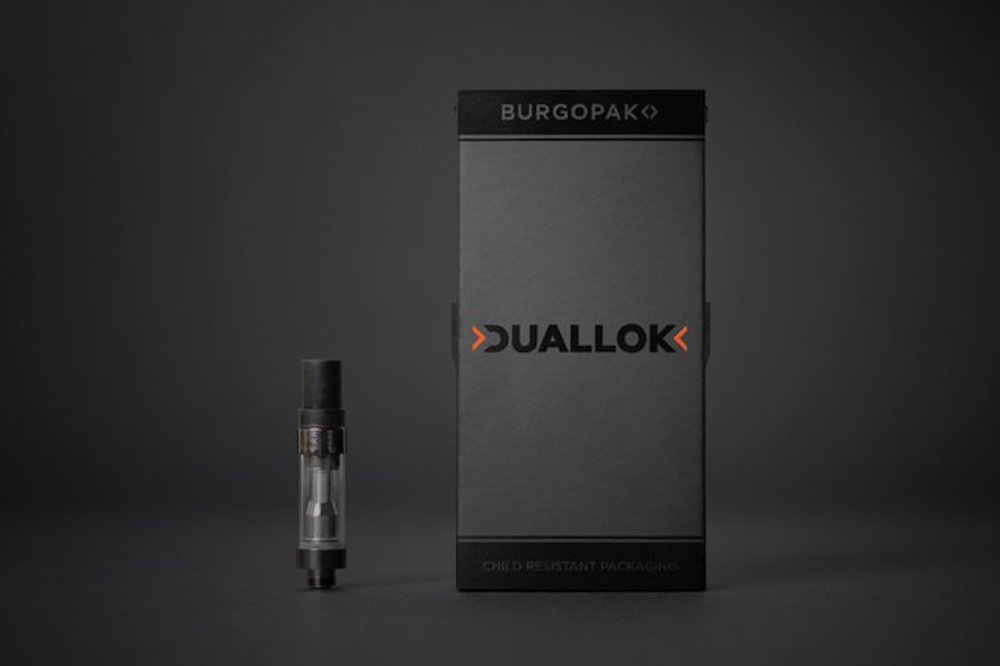
In late 2018, Burgopak decided to turn Duallok into a separate company.
A few months later, it won a Pac Global Packaging Award in the best packaging innovation/technical innovation category for its child-resistant solution for Theory Wellness’s legalised cannabis range.
The firm’s device has been certified by the US’ Code of Federal Regulations as child-resistant – meaning it has tested the product to see if it can be opened by a group of children aged between 49 and 51 months over two five minute periods.
5. Image recognition technology used by Jack Daniel’s
Devices that use internet of things (IoT) technologies have almost doubled over the past five years, with this expected to grow at an even faster rate across the next half-decade.
These advances range from products like smartwatches to Amazon’s Alexa digital assistant – with some businesses now looking towards the technology to increase brand loyalty.
Augmented reality (AR) is one form of IoT that some are looking at – where real-world objects or places are enhanced by computer-generated images and is commonly used on mobile phone games such as Pokemon Go.
In April 2019, Tennessee-based whiskey brand Jack Daniel’s decided to turn to AR to create a virtual experience for its consumers.
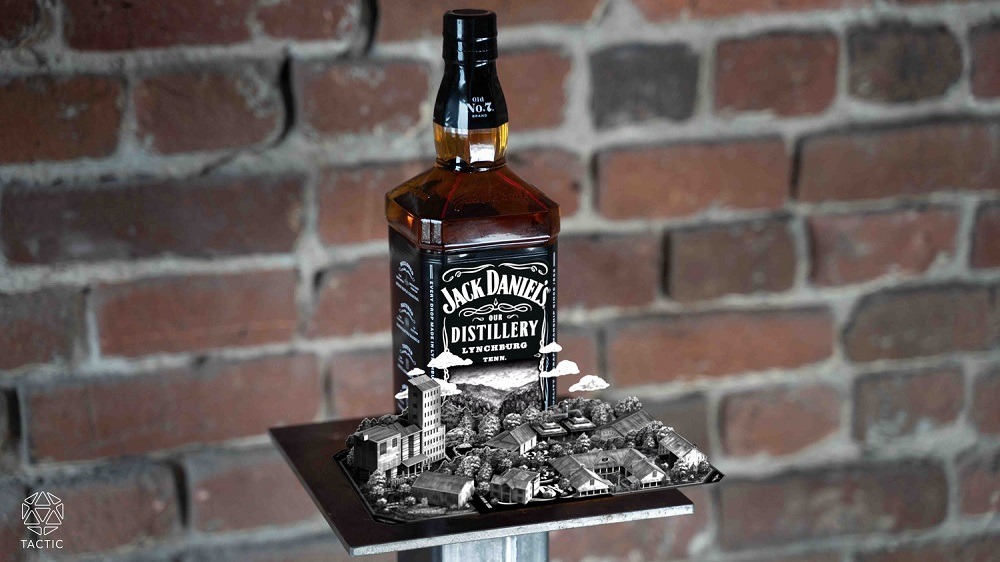
The AR phone app, developed by specialists Tactic, gives users a virtual journey around its distillery.
Consumers can access the more than ten minutes worth of content by scanning a Jack Daniel’s’ bottle label with the app – with the experience divided into three parts, all designed to look like hand-crafted models.
Speaking at the time of its launch, Jack Daniel’s’ modern media director Jeff Cole said: “In today’s world, it’s important for us to reach fans and consumers where they are.
“That means sharing content that’s unique, interesting and relevant through a variety of digital mediums.
“In 2016, we launched an immersive Virtual Realty experience and in 2018 we launched our official podcast, ‘Around the Barrel’.
“This new AR experience is taking our brand storytelling to the next level.”
